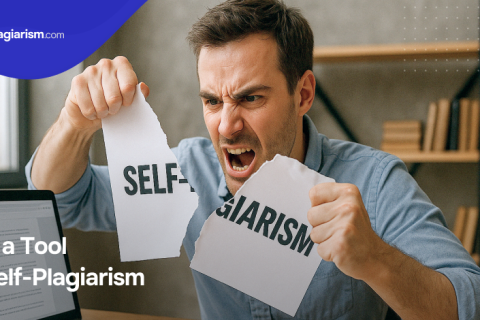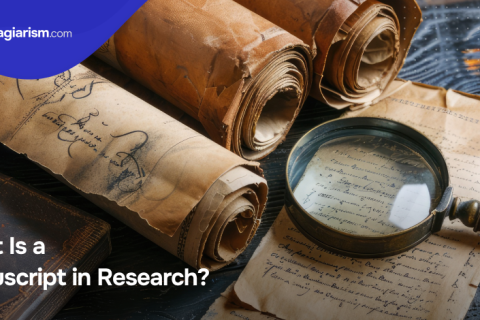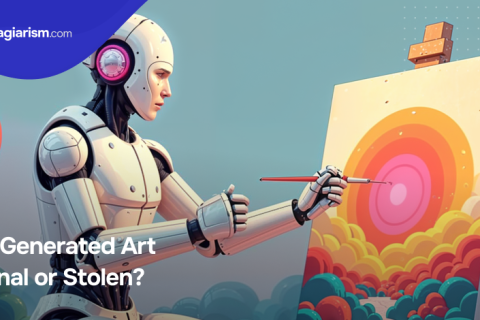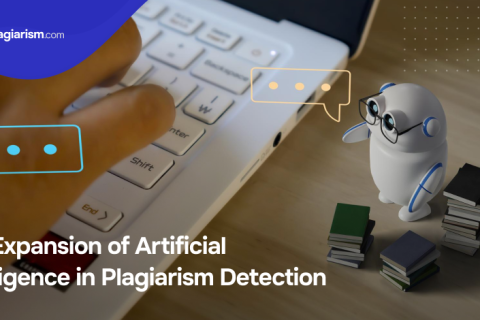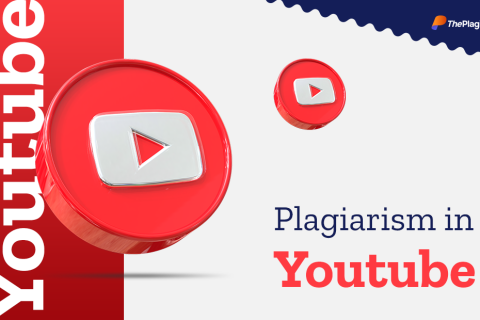AI-Powered Plagiarism Detection: Fostering Academic Integrity or Stifling Creativity?
09 Apr 2024
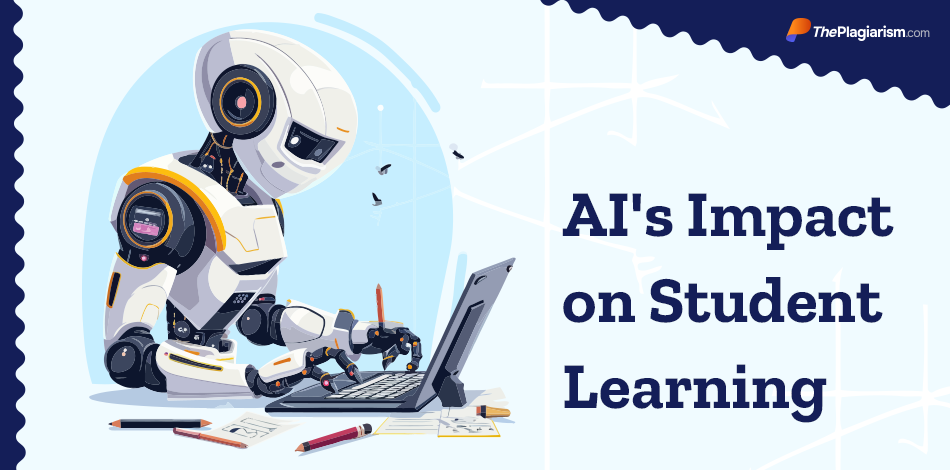
In a perfect world, the entire system of education exists to prepare young people for shaping a better future. What about the present-day reality with re-evaluation of all principles and goals that used to be critically important? Can AI accelerate the transformations? How will a new process of teaching and learning affect the people's minds? Will AI-based plagiarism detection make the system of education more fair in assessment? Will students become more or less educated with the latest advancements in schools and universities? All in all, how will AI change the level of justice in evaluation and originality in students' works? As usually, there are a lot of questions and not so many answers as everything is changing too quickly.
AI Impact on Education: For and Against
Stanford researchers in the field of psychology, education, business, technologies, law, and other spheres brainstormed on the potential of AI in teaching and learning to analyze the balance between advantages and disadvantages of this cutting-edge technology in education.
Benefits of AI in Education
- Considerable enhancement of personalized support for teachers
Even with the greatest technological advancements, learning gets much more effective if the teachers are inspiring. Still, with little feedback for improvement, teachers benefit from AI in terms of refining their skills and craft:
- Teaching practice: with the help of AI models, new teachers can train and get rid of confusion and inefficiencies. With numerous follow-up questions, they can adapt their approaches and then improve in their teaching.
- Real-time suggestions: AI gives real-time feedback and teachers make use of compiled expert pedagogical approaches and advice made by specialists. - Post-lesson summaries: The classroom dynamics needs special attention and AI can give reports on what has been happening, in particular the level of students' engagement and time spent on different types of activities.
- Staying up-to-date: AI can be helpful in updating curriculums, refreshing teachers' expertise, and making sure that the level of skills and knowledge of instructors does not stay the same.
- New prospects and expectations for the students
If a calculator is a tool that does not have detrimental effect on what students can do, why should AI? Computations can be done either by hand, which is time-consuming, and with a calculator. Writing can be done either without any assistance, which causes mistakes and inconsistencies, or with AI tools, to engage the students at a more profound level that mere collecting ideas, editing, and reviewing.
- Learning with support of students' self-confidence
Getting new knowledge without fear is possible if instead of human feedback with judgement, learners engage in the process with constructive feedback from AI. No one feels behind; so, they are more likely to take risks and improve through making mistakes.
- Improvement in the quality of assessment
It is not possible for a human teacher to talk to every student; thus, class discussions may mostly be in the form of listening to some students, while AI gives a chance to everybody to engage and then get evaluation for the participation.
- Revolutionary changes in content plagiarism detection
With AI, plagiarism detection tools have obtained new functionality. The latest machine learning algorithms in theplagiarism.com and other plagiarism detection tools make it possible to do analysis of huge text databases with accurate comparison and detection of similarities, rephrasing, paraphrasing, and even contextual matches and AI use in writing. Being more comprehensive, precise, productive, and fast, such AI tools for plagiarism check.
Why Is AI Bad for Education
What are the risks related to using AI in teaching?
- Principle of diversity is neglected
Currently, AI cannot take into account all the particular features of authenticity and cultural diversity. As a result, undeserved groups of population may feel even more vulnerable at such lessons.
- No optimization for learning
It is not reasonable in the process of teaching to enable the students to get the answers to all questions immediately, without any effort on investigation or analysis. It is doubtful that one will be interested in learning something at a deeper level and show enhanced curiosity if it is possible to do tasks in a minute.
- Errors in responses
Some answers given by AI may simply be wrong although they look decent and even demonstrate first-rate teaching approaches.
- No actual motivation
AI for students makes their lives much easier and less troublesome, but at the same time it ruins their dreams and ambitious plans for the future. It is not clear which skills will be in demand and what will be the value of knowledge in a few years if one may get all the answers in no time.
- Limitations of AI in detecting plagiarism
With a lot of false positives and false negatives, the accuracy of checking may be affected and this leads to false accusations and missed instances of cheating. Inefficiency of analyzing videos, audio files, and images makes it impossible to detect all plagiarism. Besides, with restricted understanding of context, tools can do wrong checks, blaming students not for inappropriate citations but for plagiarizing.
AI and the Future of Education: Aspect of Plagiarism Detection
What is one positive effect technology has had on education, changing both the students' and teachers' attitude to studies? For sure, it is AI detection of copied text as now teachers can verify whether the student has submitted original human-written or AI-generated answer. Encouraging critical thinking, it also contributes to the culture of academic honesty although there are a lot of aspects which make everybody think about negative effects of artificial intelligence in education again and again. In most schools, the teachers are not fully prepared for the pedagogical and ethical integration of these new tools and that needs special training and special attention paid to all aspects. Although students now realize that using generative AI is not allowed, there is a catch. Imperfect checking may lead to incorrect accusations and that is a serious pedagogical crime and unfair punishments.
Things are changing, and when should we get it right if not now? Everything related to the use of AI in education should be properly regulated. All new tools should serve the purpose of enhanced skills of critical thinking and creativity as well as the culture of academic integrity; otherwise, no advancement makes sense. We cannot change the reality or turn back time, so the only way is to keep with the flow and meet the challenges of getting new approaches and avoiding false identifications and blames. AI should serve us right in all spheres, especially in education.

